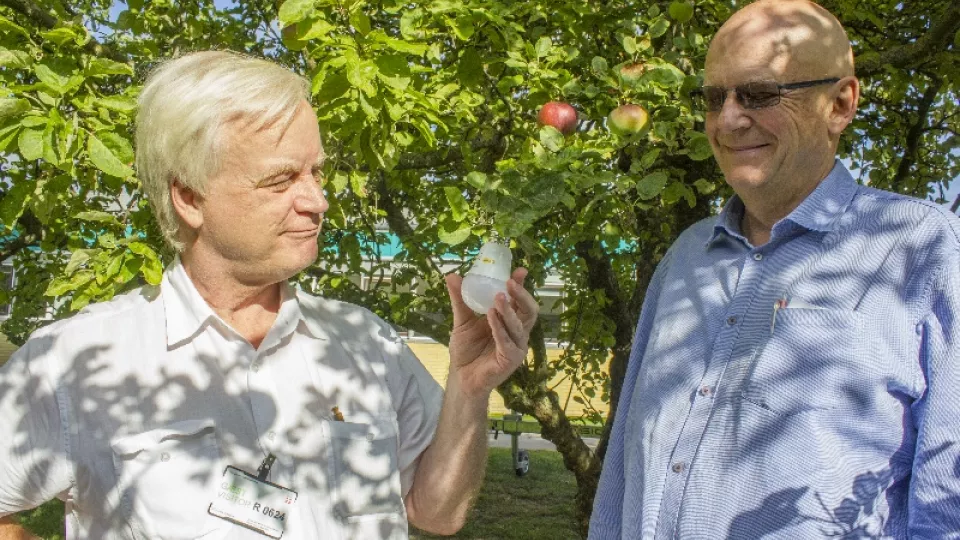Associate Professors Thomas Lindhqvist and Mikael Backman at the IIIEE have just initiated new research in the framework of the Lighting Metropolis project where they hope to confirm or dismiss some of the biggest concerns and speculations surrounding the LED-manufacturing industry. They hope their findings can make commissioners of LED-technology look at the investment from a different and more holistic viewpoint.
As an important part of Lighting Metropolis project’s mission – to make Greater Copenhagen the world’s leading testbed for new lighting technology – the IIIEE will provide an overview of the industry’s current standards, in terms of their products’ sustainability and life cycle. The results and subsequent guidelines will be able to directly guide commissioners when investing in new products, and thereby creating a paradigm shift in a procurement process that rarely look at the whole picture.
In the light of this, Thomas Lindhqvist and Mikael Backman were asked a few questions about their research.
The LED manufacturing is surrounded by a lot of speculations and concerns, regarding the sustainability of its products; what are some of those that you hope to confirm, or dismiss?
“The speculations and concerns often founded on a lack of knowledge. It’s about the how the rare earth metals are extracted, under what conditions reprocessing and production of fixtures take place, if the LEDs – despite a shorter shelf life than its fixtures – can be effectively utilised, how alterations in the colour and spread of the light affect its energy consumption, if the value of the by-products is high enough to allow for an economically viable recycling.
Who will have a vested interest in your report?
”Both public and private operators ready to invest in new LED-solutions will probably feel some concern about the lack of knowledge on sustainability aspects during the life cycle, and the limiting demands when commissioning this leads to.”
When will you be able to present your findings from your international assessment of published papers?
“The results from our research will be ready by the end of this year.”
Once presented, what will be the next step?
"Our findings will subsequently be incorporated into recommendations, guidelines and checklists for commissioners, during 2017.”
Original text published here: October 4, 2016 by Peter Liljenberg in Newsupdates
Background:
This three year project is a new strategic partnership between Sweden and Denmark with a focus on innovative light to create regional growth and make the Öresund region a leading living laboratory for light. This cooperation is important for the region to benefit from the interdisciplinary core competencies and thereby create a common international profile. 20 demonstration projects will be carried out in, for example, schools, parks and hospitals, where the project partners can show how light can help ensure security, accessibility, health and learning for citizens.The project began on 1 October 2015 and ends on 30 September 2018.


